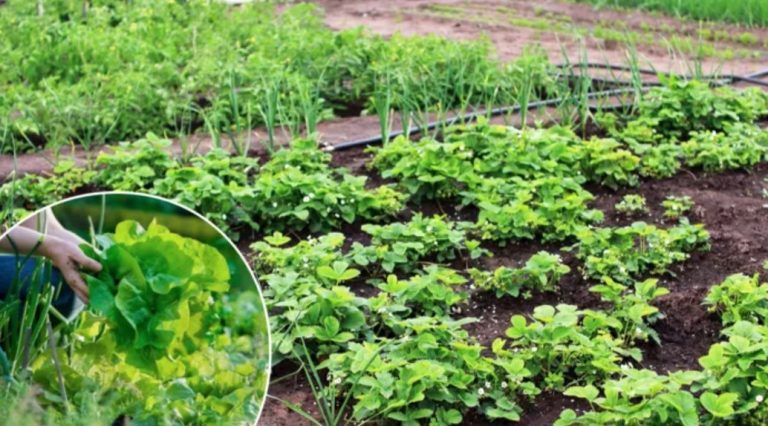In order to avoid burglary, you need effective burglary protection. This protects you, your family, and your belongings. Even burglary protection on windows and doors can prevent worse.
Most of the time, the perpetrators are petty criminals looking for the path of least resistance. So there are good ways to prevent burglary. We reveal how you can safely and easily protect your belongings.
Dangerous neglect of burglary protection
Since a burglary in an apartment or house can affect anyone, effective precautions are essential. But a survey shows that many people underestimate the risk of burglary. As a result, they don’t deal with the topic of preventing burglary, or only very little. And when it happens, many of those affected are shocked and have to live with consequences such as fear in their own homes. So that you can prevent a house break-in, use a few tips and tricks to ensure suitable burglary protection.

1) Avoid many eyes to burglary
We live in a world that is becoming increasingly anonymous. Many people do not know their neighbors. And burglars take advantage of that! Because burglary is easier if nobody pays attention to the other. But if you and your neighbors know each other and talk to each other regularly, then you will be more attentive. As a result, you are more sensitive to strange observations. When it’s time to go on vacation, let your neighbors know. Then they can keep an eye on your apartment.
2) Prevent house burglary through counseling
In many cities, the police offer to visit citizens at home and advise them on how to avoid break-ins. A detective takes a close look at the property and quickly recognizes weak points, such as unsecured windows or balconies. Then you can prevent a burglary in a targeted manner. And the good thing is, these consultations with the criminal police are free! Also, note useful tips on household insurance and other important insurance for families.
3) Feigning presence
Burglars are also trained to recognize empty houses. Therefore, you can prevent burglary by regularly switching on the lights, raising the shutters, and emptying the mailbox. You give the impression of presence with the help of a timer. With this, light sources and roller shutters can be switched on automatically. In addition, smart home devices, lights,s and other things in the house can be operated automatically. Also, note creative ideas for furnishing your home with little money.
4) Effectively secure doors and windows
Uninvited guests like to come through the window – and often in broad daylight. This is made possible by a tool that can be used to unlock an unsecured window in seconds. This is how burglars look for the path of least resistance and are in a house in no time at all! So you should create obstacles for burglars. This includes securing all windows, including garages and basement windows. And the doors should also be equipped with safety bolts and cross locks that can be locked from the inside at any time. Also, note tips on how to safely clean windows and door lock to protect children.
- Mushroom head locks help that windows cannot be pried open.
- Lockable window handles provide added security.
- Special roller shutter systems that cannot be pushed up from the outside protect the property.
- Special window films protect from the inside and prevent glass breakage if a windowpane is smashed.
5) Brighten up dark outdoor areas
Since burglars feel safer in dark corners, you should light up dark outdoor areas to avoid breaking in. For this, bring motion detectors to turn on the light. You can also set up solar-powered lamps or use other light sources. The main thing is that the outdoor area is not too dark and invites you to break in.
6) Ensure a clear view of preventing break-ins
It can also be helpful if you cut shrubs and do without other privacy screens. This gives neighbors a clear view. Although you usually want to prevent this, it can be used as effective protection against burglary. Thus, quick and self-confident action can pay off here.
7) Install alarm systems and prevent burglary

Installing an alarm system can be useful. Especially if you live in an area where burglaries are common. If loud noises are heard when attempting to break in, many criminals will flee. For example, there are devices that you can stick on the windows that make shrill sounds when you move them. But a professional alarm system also serves its purpose.
8) Clever storage of valuables
If despite everything, the house is broken into, you should keep important valuables safe. This way you make sure that the burglar does not make good prey. Because many hiding places, such as old tin cans, socks, or the like, are known to most burglars. Consequently, you should use a certified and tested safe if you have very valuable items and want to protect them. In addition, more about the correct storage of your valuables.
9) Don’t share everything on social media
Likewise, you should not immediately share vacation plans and photos on social media. Even if you use certain privacy settings, it’s safer than ever. If you upload the vacation photos after your return, you minimize the risk of burglary significantly.













